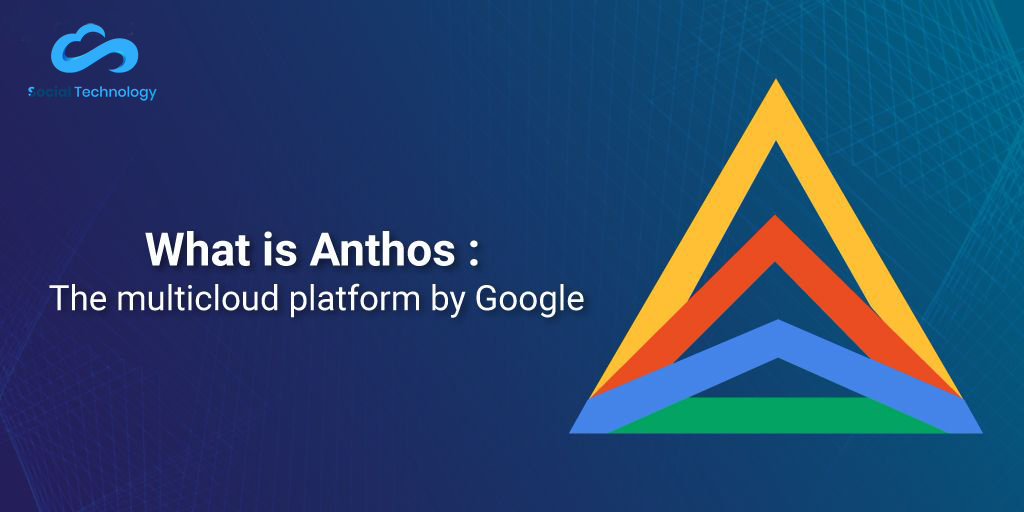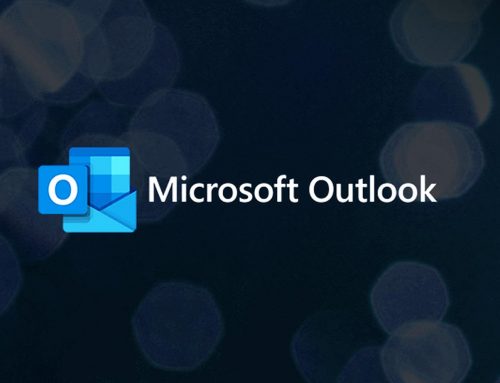Anthos is a modern application management platform that provides a consistent development and operations experience for cloud and on premises environments. This page provides an overview of each layer of the Anthos infrastructure and shows how you can leverage its features.

Anthos is an open hybrid and multi cloud application platform that enables you to modernize your existing applications, build new ones, and run them anywhere in a secure manner. At the heart of Anthos is the most popular open source project of our times Kubernetes. Anthos is built on the firm foundation of Google Kubernetes Engine (GKE), the managed containers as a service offering on Google Cloud Platform (GCP).
Let’s take a closer look at the core building blocks of Anthos:
Google Kubernetes Engine (GKE). This is the central command and control center of Anthos. Customers use the GKE control plane to manage the distributed infrastructure running in Google’s cloud, on premise data center and other cloud platforms.
Google Kubernetes Engine (GKE) On Premise. Google is delivering a Kubernetes based software platform that’s consistent with GKE. Customers can deploy this on any compatible hardware and Google will manage the platform. From upgrading the version of Kubernetes to applying the latest patches, Google will treat it as a logical extension of GKE. It’s important to note that GKE On Premise runs as a virtual appliance on top of VMware vSphere 6.5. The support for other hypervisors such as Hyper-V and KVM is in works.
Istio. This technology enables federated network management across the platform. Istio acts as the service mesh connecting various components of applications deployed across the data center, GCP, and other clouds. It seamlessly integrates with software defined networks such as VMware NSX, Cisco ACI, and of course Google’s own Andromeda. Customers with existing investments in network appliances such as F5 can integrate Istio with load balancers and firewalls.
Velostrata. Google acquired this cloud migration technology in 2018 to augment it for Kubernetes. Velostrata delivers two significant capabilities stream on premise physical/virtual machines to create replicas in GCE instances and convert existing VMs into Kubernetes applications (Pods). This is the industry’s first physical to Kubernetes (P2K) migration tool built by Google. This capability is available as Anthos Migrate, which is still in beta.
Anthos Configuration Management. Kubernetes is an extensible and policy driven platform. Since Anthos’ customers will have to deal with multiple Kubernetes deployments running across a variety of environments, Google attempts to simplify configuration management through Anthos. From deployment artifacts, configuration settings, network policies, secrets and passwords, Anthos Config Management can maintain and apply the configuration to one or more clusters. Think of this technology as a version controlled, secure, central repository of all things related to policy and configuration.
Stackdriver. Stackdriver brings observability to Anthos infrastructure and applications. Customers can track the state of clusters running within Anthos along with the health of applications deployed in each managed cluster. It acts as the centralized monitoring, logging, tracing, and observability platform.
GCP Cloud Interconnect. No hybrid cloud platform is complete without high speed connectivity between the enterprise data center and the cloud infrastructure. Cloud Interconnect can deliver speeds up to 100 Gbps while connecting the data center with the cloud. Customers can also use Telco networks offered by Equinix, NTT Communications, Softbank and others for extending their data center to GCP.
GCP Marketplace. Google has created a curated list of ISV and open source applications that can run on Kubernetes. Customers can deploy applications such as Cassandra database and GitLab in Anthos with the one click installer. Eventually, Google may offer a private catalog of apps maintained by internal IT.
Google’s product management team did a great job stacking up the services for Anthos.To succeed with Anthos, Google will have to push its stack through incumbent enterprise players. It is going after the same partners that are hand in glove with Microsoft and Amazon to deliver hybrid cloud.






Leave A Comment